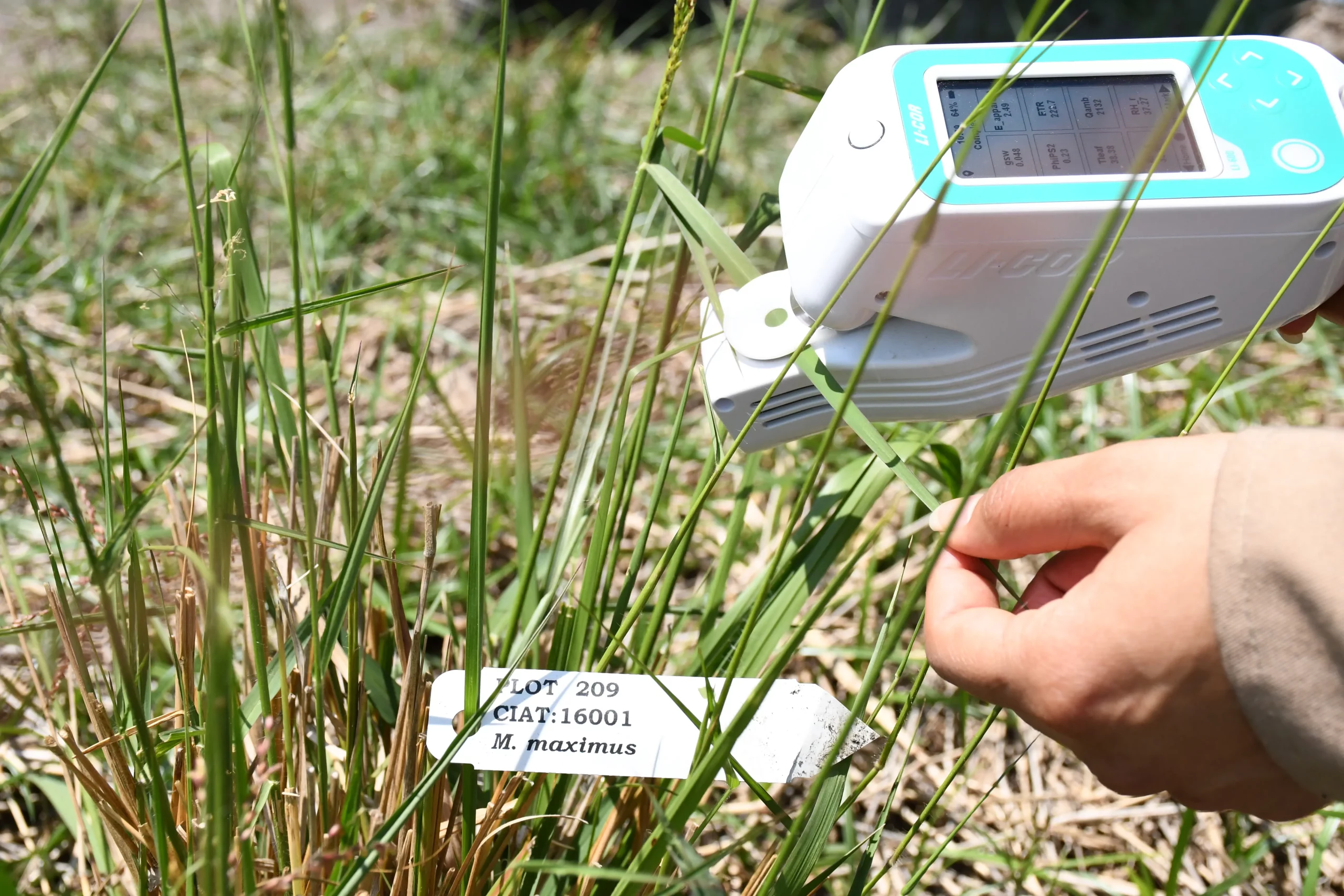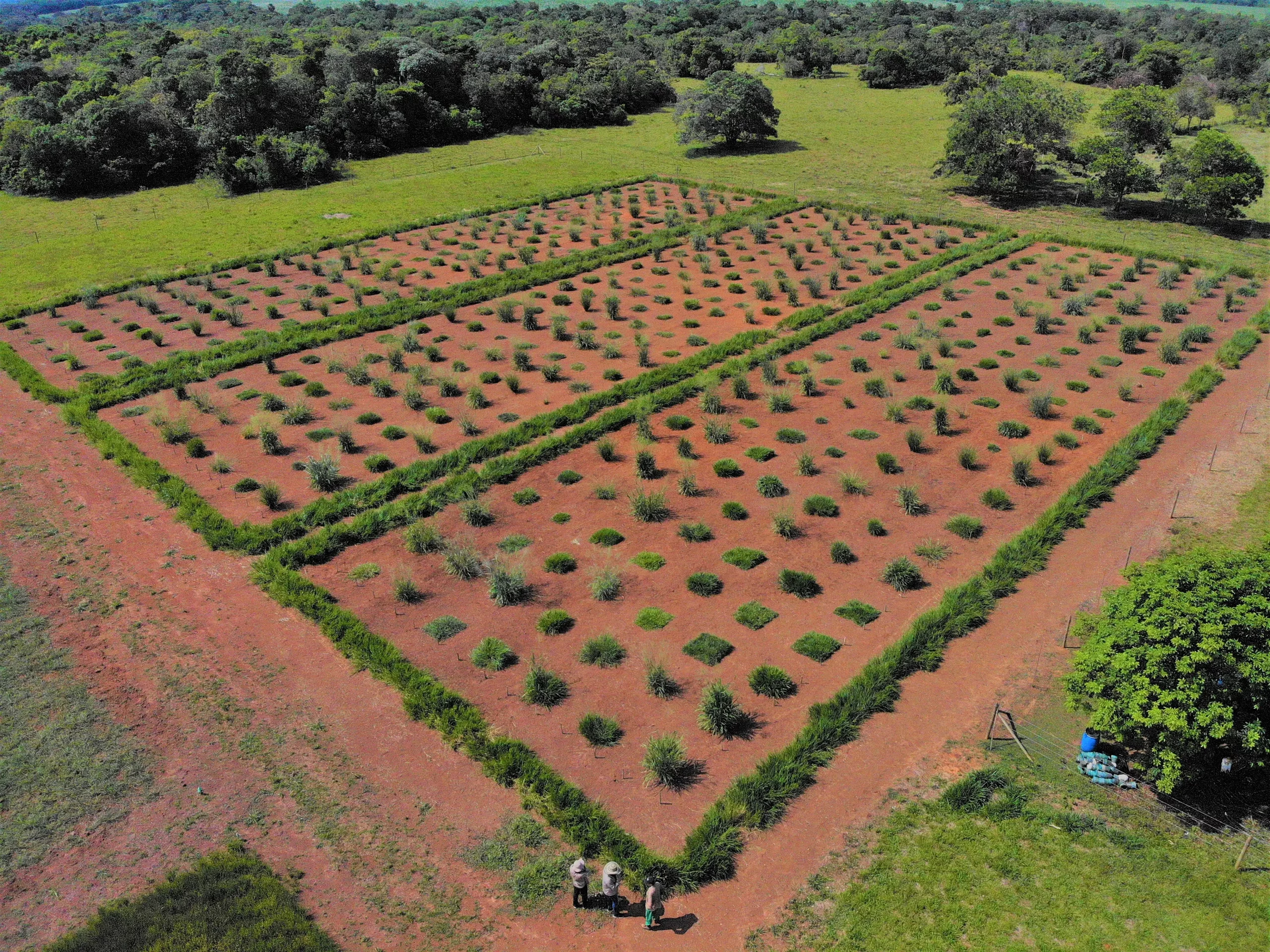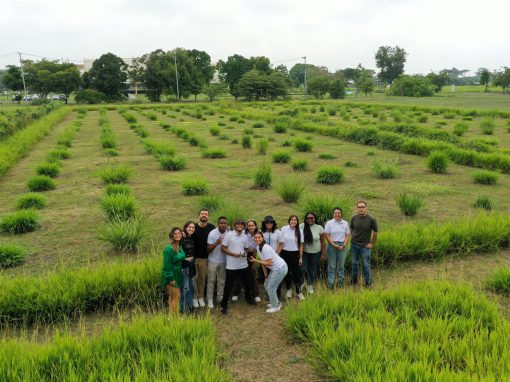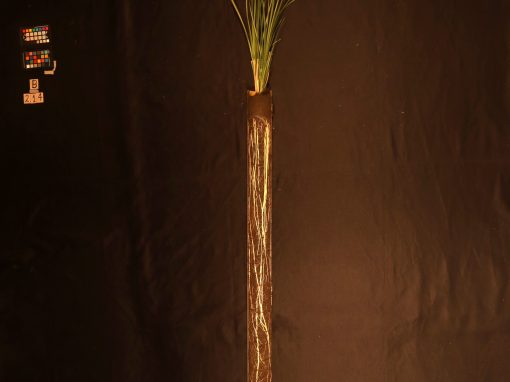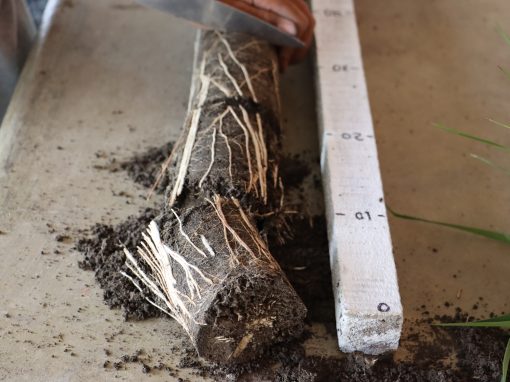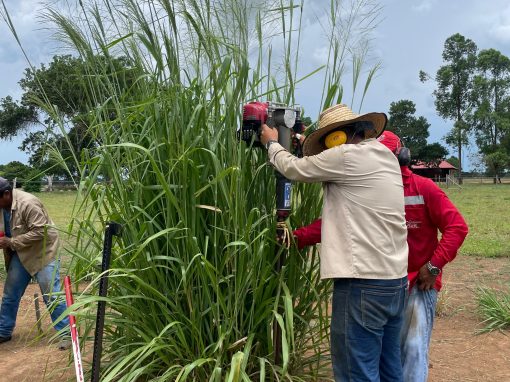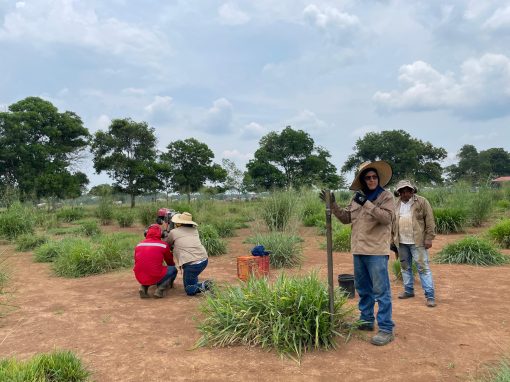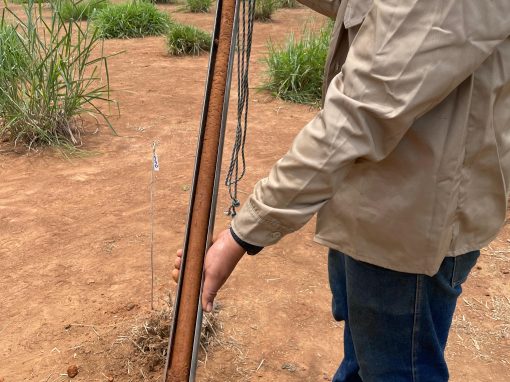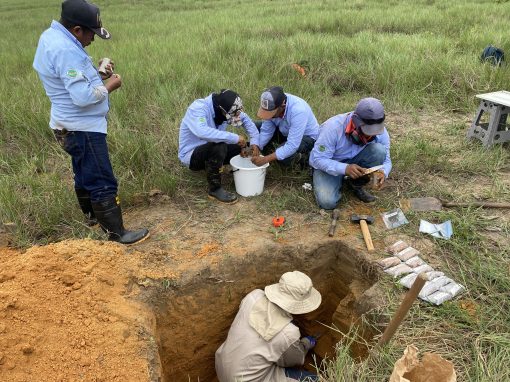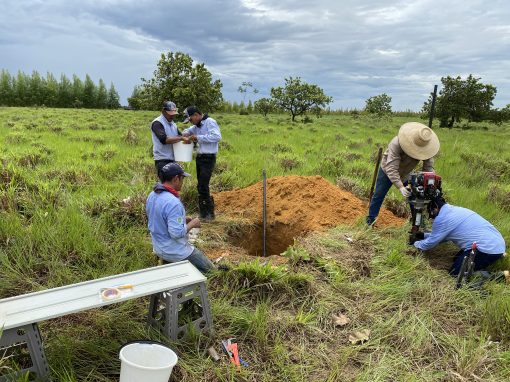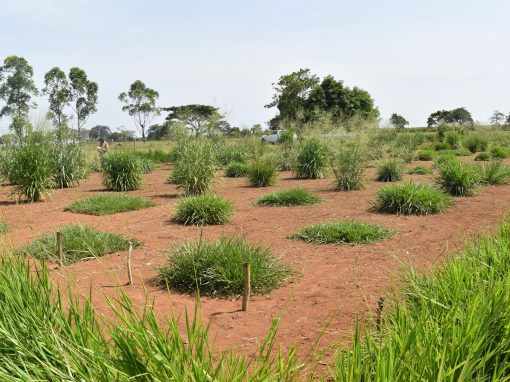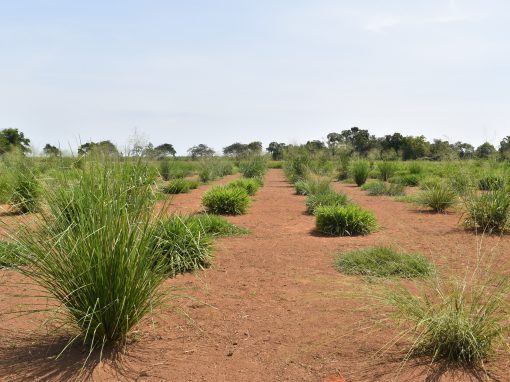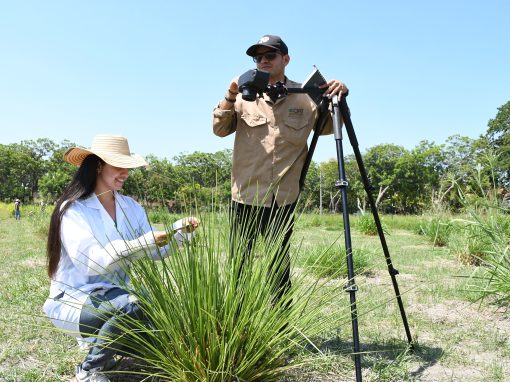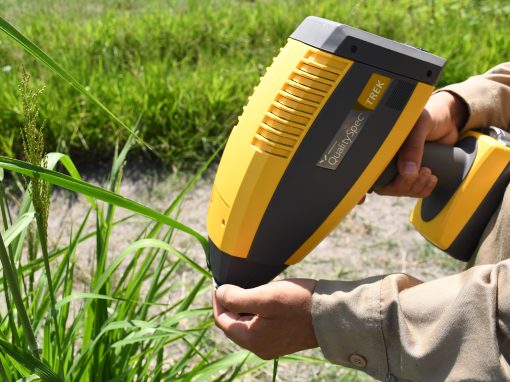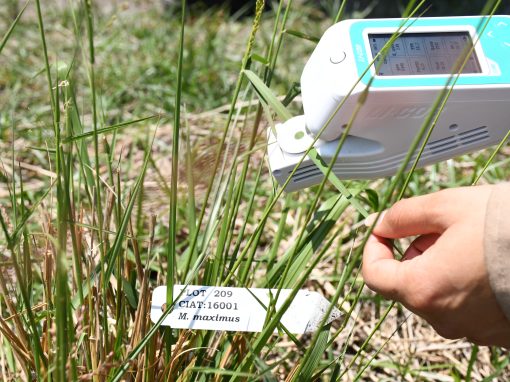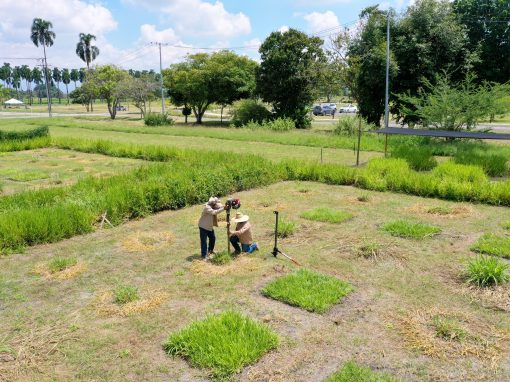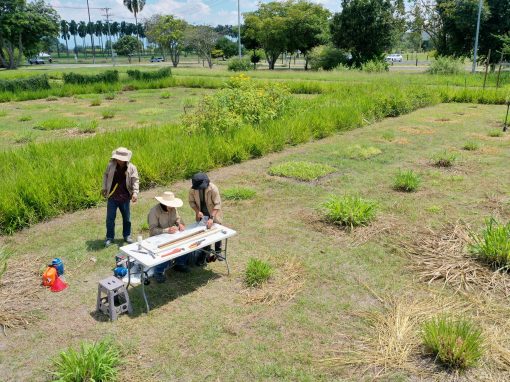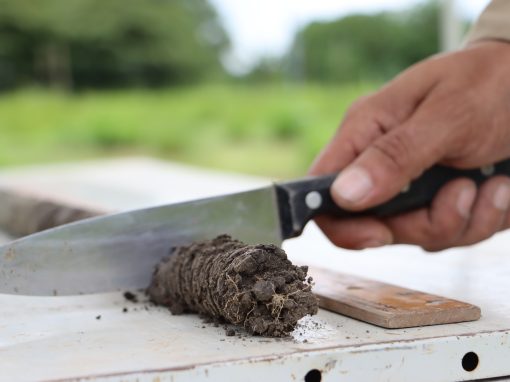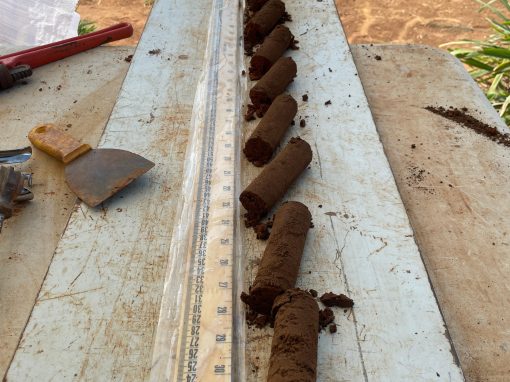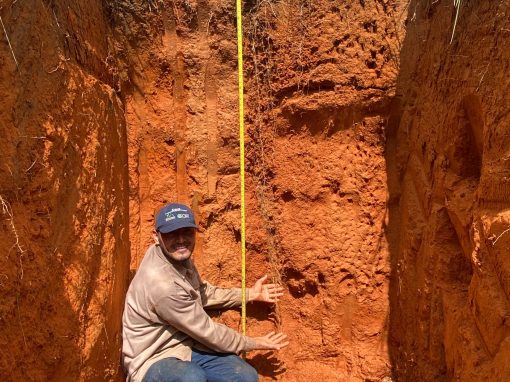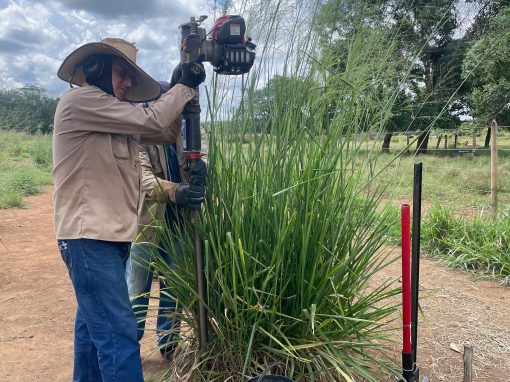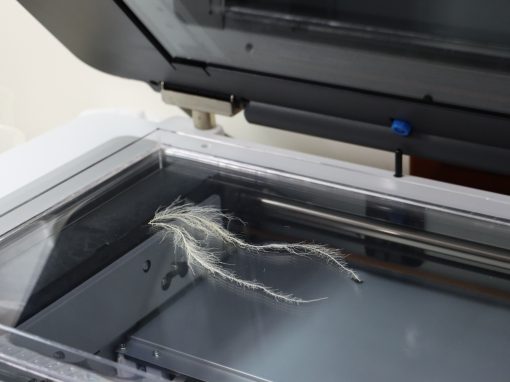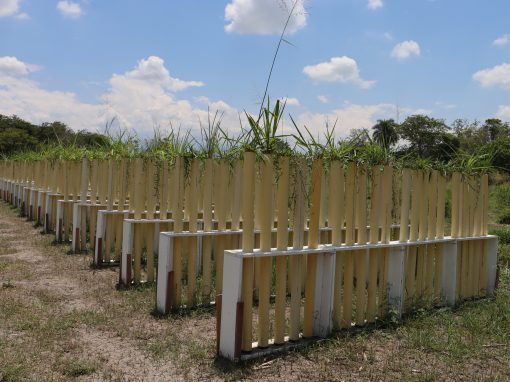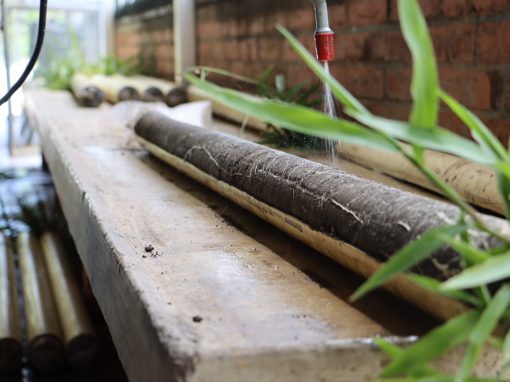Last Update 4/21/2025
Impact of Forages
We investigated the potential of the genetic diversity of tropical forage grasses to accumulate soil organic carbon (SOC) through the development of deep roots, roots with high content of recalcitrant carbon compounds, and low decomposition rates. This genetic diversity comprises a selection of 180 genotypes, including accessions from the “Future Seeds” germplasm bank and hybrids developed by the tropical forages breeding program of the Alliance Bioversity & CIAT. The identification of forage genotypes with higher SOC accumulation capacity is conducted across different soil types and geographical locations, aiming to select potential materials for incorporating this attribute into the forage breeding program and its subsequent implementation in sustainable livestock systems.
Our innovative approach
- We utilized hydroponic crops and soil tubes for root phenotyping using specialized root image analysis software. These methodologies allow us to quickly and practically identify morphological differences in roots among the evaluated genotypes.
- We study root composition by determining carbon (C) and nitrogen (N) content through dry combustion, suberin and lignin content by gravimetry.
- We used a portable root scanner to capture in situ root images over time and developed an AI-based model to process these images and extract data on root morphological traits.
- Finally, in genotypes with desirable attributes, we quantified SOC accumulation in field trials, exploring carbon fractionation to distinguish between particulate organic carbon and mineral-associated organic carbon.
Outcomes / Outputs
- Successfully characterized 180 tropical forage grass genotypes across multiple experimental conditions.
- Developed AI-based root-image analysis models for high-throughput phenotyping.
- Established validated protocols for measuring particulate organic carbon (POC) and mineral-associated organic carbon (MAOC).
- Designed cost-effective methods (Metal ring vs Power probe) for measuring soil bulk density.
- Created standardized method for suberin content evaluation in forage grass roots.
- Selected 30 genotypes with contrasting root traits for detailed evaluation in secondary phases.
Future steps
- Quantification of suberin and lignin in roots of a selected subgroup of genotypes based on root biomass characteristics and deep rooting.
- Monitoring the rate of SOC accumulation in field trials.
- Evaluation of root decomposition rates in 180 forage genotypes in acidic soil with low fertility and high-fertility soil.
- Assessment of interactions between soil microorganisms and roots of forage grasses.
- Determination of total organic carbon content in root exudates of the genetic diversity under study.
Contact
Mildred Mayorga
Tropical Forages, Colombia
m.mayorga@cgiar.org
Leonardo Rodríguez
Tropical Forages, Colombia
leonardo.rodriguez@cgiar.org
Gallery
Publications
Using genetic diversity in deep root systems
Soil health improvement by using Urochloa tropical grasses
Exploring the role of deep rooting ability on soil carbon accumulation
Tools
Tropical Grasslands - Forrajes Tropicales Online Journal
Tropical Forages: An Interactive Selection Tool
Cleaned

The Alliance of Bioversity International and CIAT is part of CGIAR, a global research partnership for a food-secure future.
Contact
Alliance of Bioversity International and CIAT
Latin American Hub
Palmira – Colombia
Address: Km 17 Recta Cali-Palmira
Phone: (+57) 6024450000

